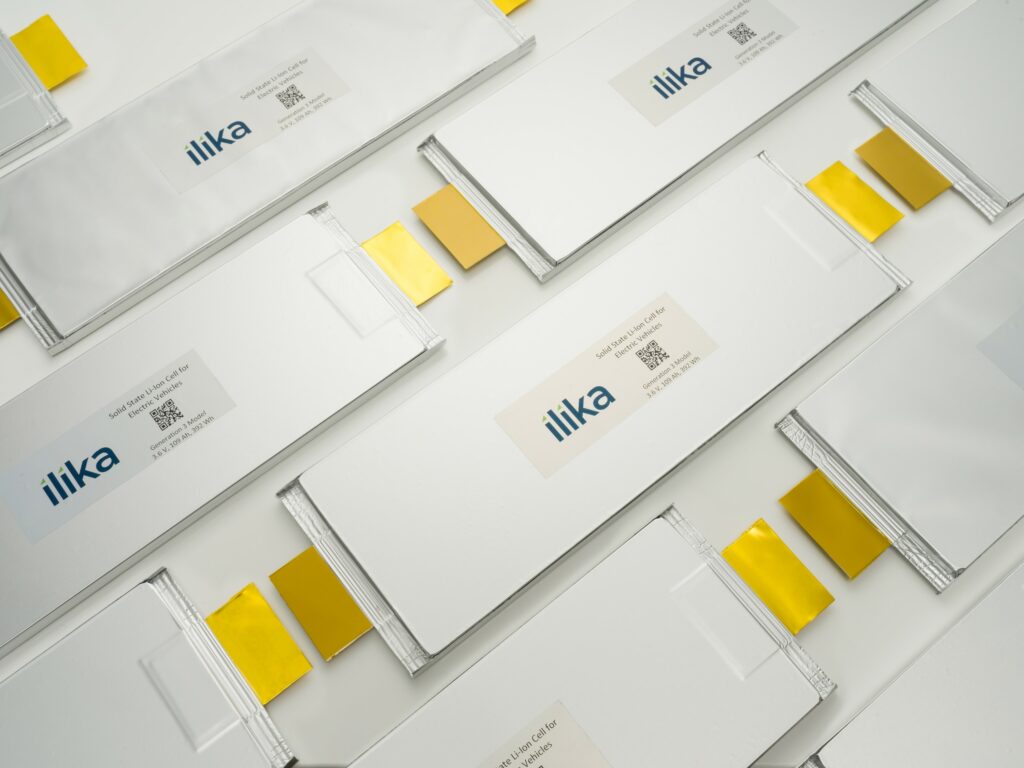Solid-state batteries will be big in EVs – eventually
The promise of much safer electrolytes makes solid-state batteries attractive for EVs, particularly passenger cars, and EVs are expected to be their biggest single market (writes Peter Donaldson). However, the technology is far from mature and several challenges remain, according to Dr Xiaoxi He, principal technology analyst at IdTechEx, which has published an in-depth report into solid-state and polymer batteries.
The risks associated with liquid electrolytes containing flammable organic solvents in the presence of oxygen released by cathode breakdown at very high temperatures are well-known, and the use of solid electrolytes eliminates them.
Simply replacing a liquid electrolyte with a solid alternative is not enough to create an attractive EV battery, Dr He cautions, because achieving energy and power densities for example that compare well with the current state of the art is difficult, and there are other practical problems relating to cell and pack design that have to be solved.

(Courtesy of Ilika)
Solid-state cells tend to have higher internal resistance than those with liquid electrolytes, because it is harder to achieve good contact at the electrode-to-electrolyte interface, while most solid electrolytes have lower ionic conductivity; both of these make delivery of high power and rapid acceptance of charge more difficult.
Ionic conductivity can be increased in solid electrolytes by raising the operating temperature for some technologies, which can also help suppress the growth of twig-like dendrites that cause short-circuits.
Changing the anode from graphite to lithium metal has the potential to make solid-state batteries more competitive in terms of specific energy (in Wh/kg) and energy density (Wh/litre) however. In terms of specific energy, a typical lithium-ion battery is at just under 270 Wh/kg, while a solid-state battery with a graphite anode manages a little over 197 Wh/litre, rising to about 238 Wh/kg with a lithium metal anode.
However, in energy density terms, the gains are much bigger. The respective figures Dr He gives are around 623 Wh/litre for current technology, 576 Wh/litre for a graphite anode and a much more impressive 854 Wh/litre with a lithium metal anode.
Generally made of glasses, ceramics or composites thereof, solid electrolytes have higher densities than their liquid counterparts, which makes the resulting batteries heavier for the same thickness. A typical liquid electrolyte has a density of 1.1 (water is 1), while most solid electrolytes have densities of between about 2 and 5. Only the solid polymer electrolyte PEO-LITFSI, at 0.93, is less dense, according to Dr He.
Solid electrolyte materials also tend to change volume during the charge/discharge process, which has implications for cell, module and pack design. While much r&d work so far has focused at the cell level, attention is turning to the whole system from cell to pack, according to Dr He, to reduce the size and number of inactive components (those that don’t contribute directly to energy storage).
That will have an impact on how cells are arranged in the pack, the design of the thermal management and battery management systems. It will also affect the supply and value chains, for example though automotive OEMs building their own packs from cells supplied to them.
Dr He regards all solid-state lithium-ion or lithium-metal batteries as fourth-generation technology, and expects them to be a viable commercial alternative for EVs in a few years from now.
ONLINE PARTNERS





















